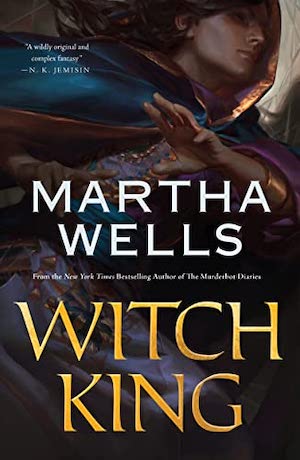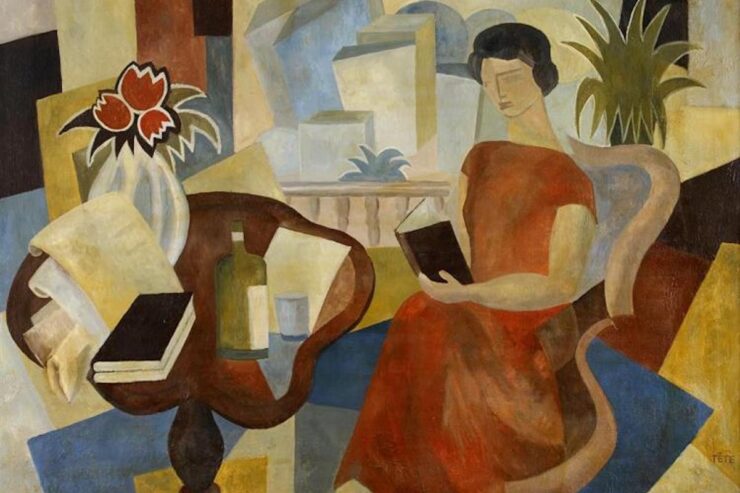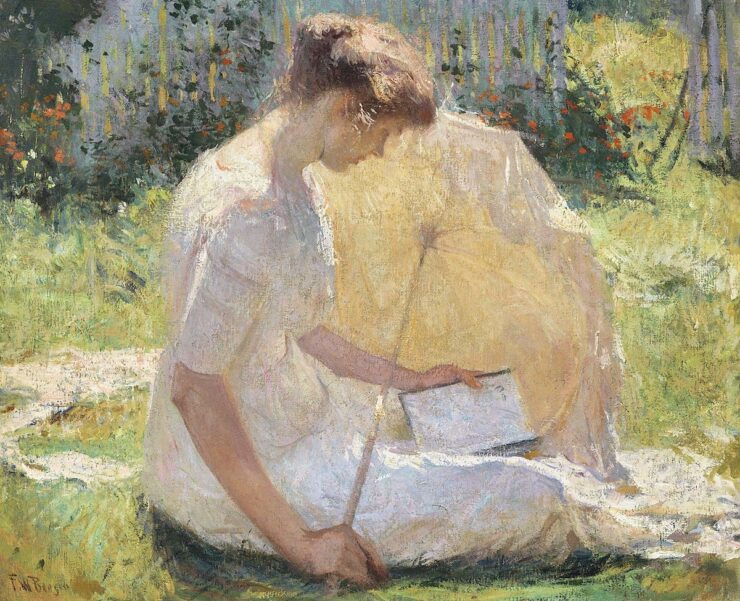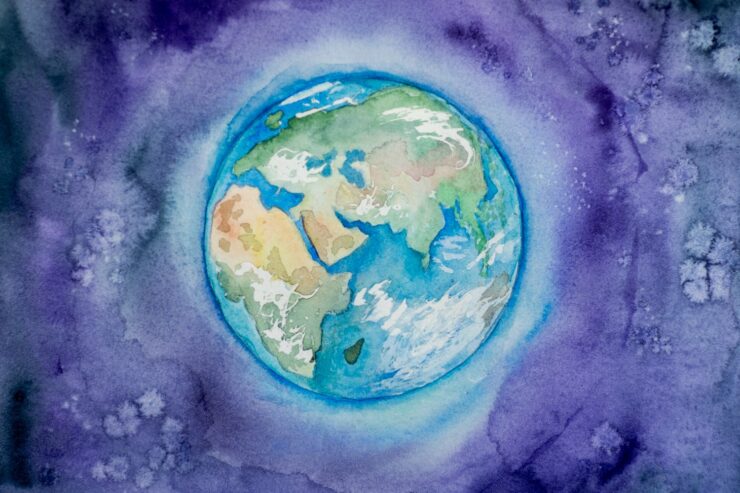Close your eyes and picture a dragon. Don’t think about it much. What do you see?
Now, a bigger question: Where does that image come from? What unique combination of books and movies and TV and game and stories put that particular dragon in your head?
When I asked myself this question, the first dragon to pop into my head was, annoyingly, one of those behemoths from House of the Dragon, which are more like giant wyverns. This led me to the beloved wyverary (half wyvern, half library) A-Through-L, from Catherynne M. Valente’s Fairyland books. A-Though-L is red, and perfectly drawn by Ana Juan, which made my memory skip back much further, to a tangle of images my brain has labeled “Smaug,” none of which are Tolkien’s original drawing, which was not red.
It’s just that so many other Smaugs I’ve seen were red, so I’ve mashed them all up.
Where do your dragons come from?
When I was small, my dragons came from Mercer Mayer. (Let us not speak of the Sleeping Beauty dragon, which terrified me.) There is no two ways about this: I was a shy child, and one of the books I remember best from childhood is Mayer’s Herbert the Timid Dragon, which features a shy dragon whose attempt to rescue a princess is woefully misunderstood. And one of the books I remember least lingers in my memory because of its perfect title.
Everyone Knows What a Dragon Looks Like was written by Jay Williams, and illustrated by Mayer in a style very different from his Little Critters. I haven’t seen a copy of the book in decades—it may not hold up!—but the title pops into my head whenever there’s a conversation (or an argument) about what “everyone” knows. When I was small, the story seemed to be about imagination, and about knowing that you don’t know everything. But it’s also about not making assumptions about shared knowledge, about not presuming that what you know is the only way to know something. Foolish characters throughout the story assert that of course they know what a dragon looks like.
They’re wrong, of course.
But fantasy fans—and fantasy authors—have very specific, and very personal, ideas about what the dragons in our heads look like. I would bet a small amount of money that an entire era of imagined dragons was influenced by Michael Whelan, with his iconic covers for ’80s and ’90s novels including Anne McCaffrey’s Dragonriders of Pern series. Those were not my dragons—too muscular, too dinosaur-like—but they were striking, influential, timeless in a way. There were very different Whelan dragons on Melanie Rawn’s Dragon Prince books, and a memorably sharp-edged Morkeleb for Barbara Hambly’s Dragonsbane, and between all of these covers and more dragons began, for me, to take on more shapes and details.
Some stories have one kind of dragon; some have many. The movie How to Train Your Dragon offered a veritable explosion of dragons—big, small, slim, chunky, in every color and shape. I could not, prior to having seen that movie, have even begun to guess how many different dragons a person might imagine. I was stuck on Smaug-like dragons, or what I imagined Smaug-like dragons to be: large, regal, terrifying and, ultimately, fairly lizard-like, when all is said and done.
Now, I would like to say I have a very elegant and refined and carefully considered idea about dragons. They aren’t too lizardlike nor too catlike; their scales are sleek, their eyes expressive; they are neither good nor evil, but unreadable, maybe wise, maybe just strange. Long heads, elegant necks. Not inherently vicious, though certainly terrifying if threatened. I hate when dragons seem always enraged. It seems exhausting. Haven’t they got better things to do?
Buy the Book


Witch King
But I would like to be surprised by dragons. I would like to see something different than the way they are shown on screen, these days: all glower and fangs and hunger, all browns and dull reds, meant to intimidate rather than to awe. I don’t care whether dragons are aerodynamic or whether gravity says they could fly or not; they’re magic, and they can be as magic and irrational as they like.
In Rachel Hartman’s novels, dragons can take human form, and the main character of Seraphina is half dragon; in Robin Hobb’s world, dragons begin life as sea serpents. I couldn’t tell you exactly what any of them look like, though my mind wants to conjure up dragons borrowed from other artists, other sources. None of them are Falkor, the luck dragon from Neverending Story; none of them are the elegant dragon from Shang-Chi and the Legend of the Ten Rings.
None of them are the dragons from The Legend of Zelda: Breath of the Wild, either—but these video game dragons are the ones I think of when I consider dragons and awe. Glowing, ethereal, massive, dangerous and yet essentially benevolent (they don’t mind at all when you shoot off their scales in order to upgrade your armor), they float, twisting, through the sky above Hyrule. And even on my third playthrough, I stop, every time one soars overhead, and make Link look up in wonder until they pass.
What do your dragons look like? Where do they come from?
Molly Templeton lives and writes in Oregon, and spends as much time as possible in the woods. Sometimes she talks about books on Twitter.














